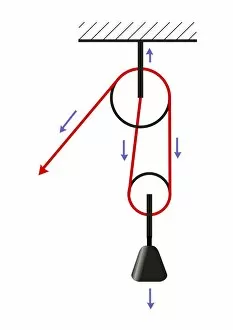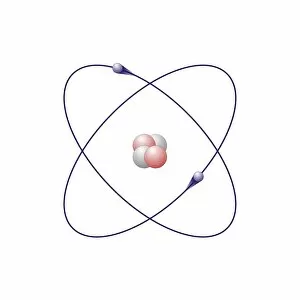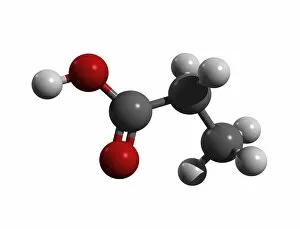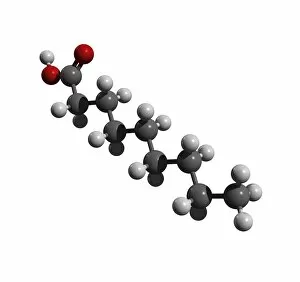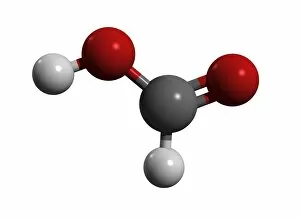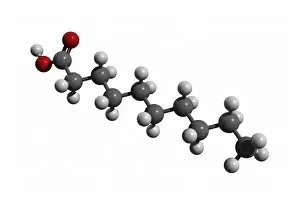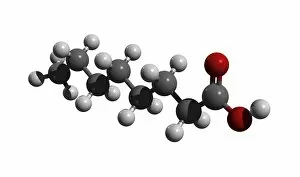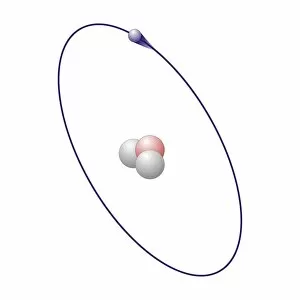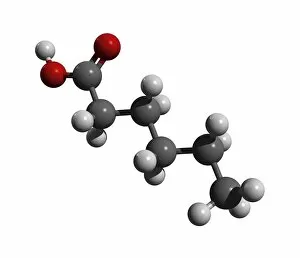Naturwissenschaftlich Collection
"Naturwissenschaftlich: Unveiling the Wonders of Science and Nature" Step into the fascinating world of naturwissenschaftlich
For sale as Licensed Images
Choose your image, Select your licence and Download the media
"Naturwissenschaftlich: Unveiling the Wonders of Science and Nature" Step into the fascinating world of naturwissenschaftlich, where scientific discoveries intertwine with the beauty of nature. From fruit-powered clocks to intricate atomic models, this captivating journey will leave you in awe. Imagine a clock powered solely by fruits. This ingenious creation showcases how science can harness natural resources to create innovative solutions. It's a testament to our ability to think outside the box and find sustainable alternatives. Speaking of atoms, let's delve deeper into their structure. Beryllium, helium, and boron atomic models reveal the intricacies hidden within these elements. These representations allow us to visualize their composition and understand their behavior on a molecular level. But it doesn't stop there; we explore even smaller molecules like propanoic acid, acetic acid, pelargonic acid, formic acid, capric acid - each with its unique properties and applications. These compounds play crucial roles in various fields such as chemistry, medicine, and agriculture. Art meets science with an exquisite block and tackle artwork that showcases both creativity and engineering prowess. The interplay between form and function is beautifully captured in this masterpiece—a reminder that art can be inspired by scientific concepts too. As we continue our journey through naturwissenschaftlich's wonders, we encounter more intriguing molecules like caprylic acid—an essential component in cosmetics—and capric acid—known for its antimicrobial properties. These compounds demonstrate how nature provides us with versatile building blocks for countless applications. Naturwissenschaftlich celebrates the harmony between science and nature—the endless possibilities that arise when we combine knowledge with curiosity. It reminds us that every discovery holds immense potential for innovation while highlighting the sheer beauty found within microscopic structures or artistic interpretations alike. So join us on this extraordinary expedition as we unravel mysteries at both macroscopic scales—like fruit-powered clocks—and microscopic realms—such as complex molecular structures.




